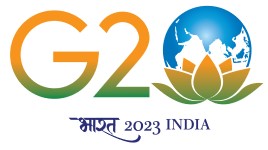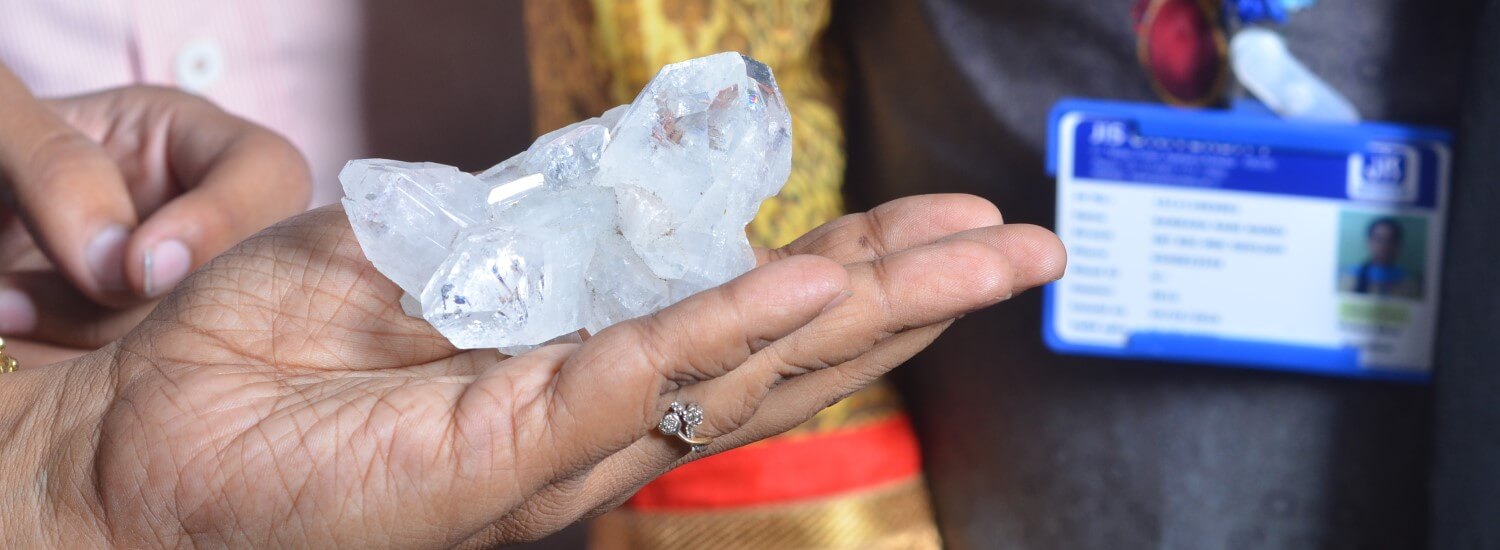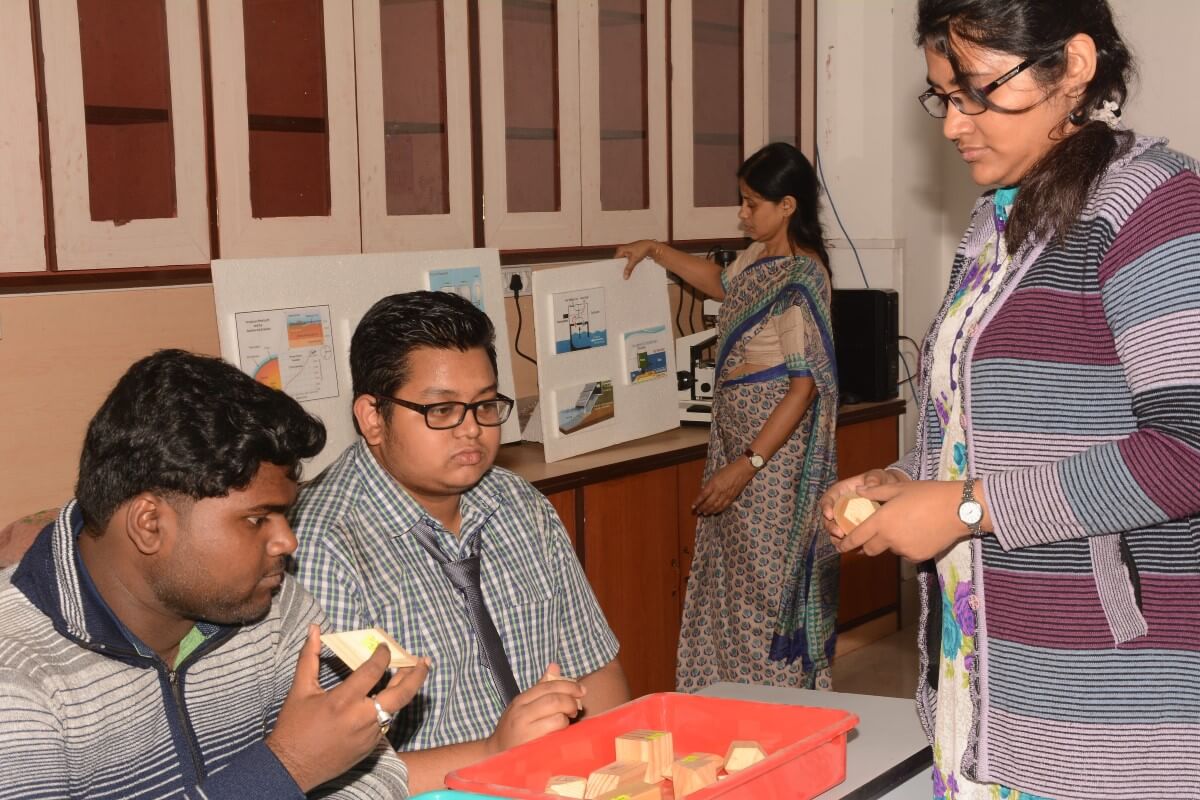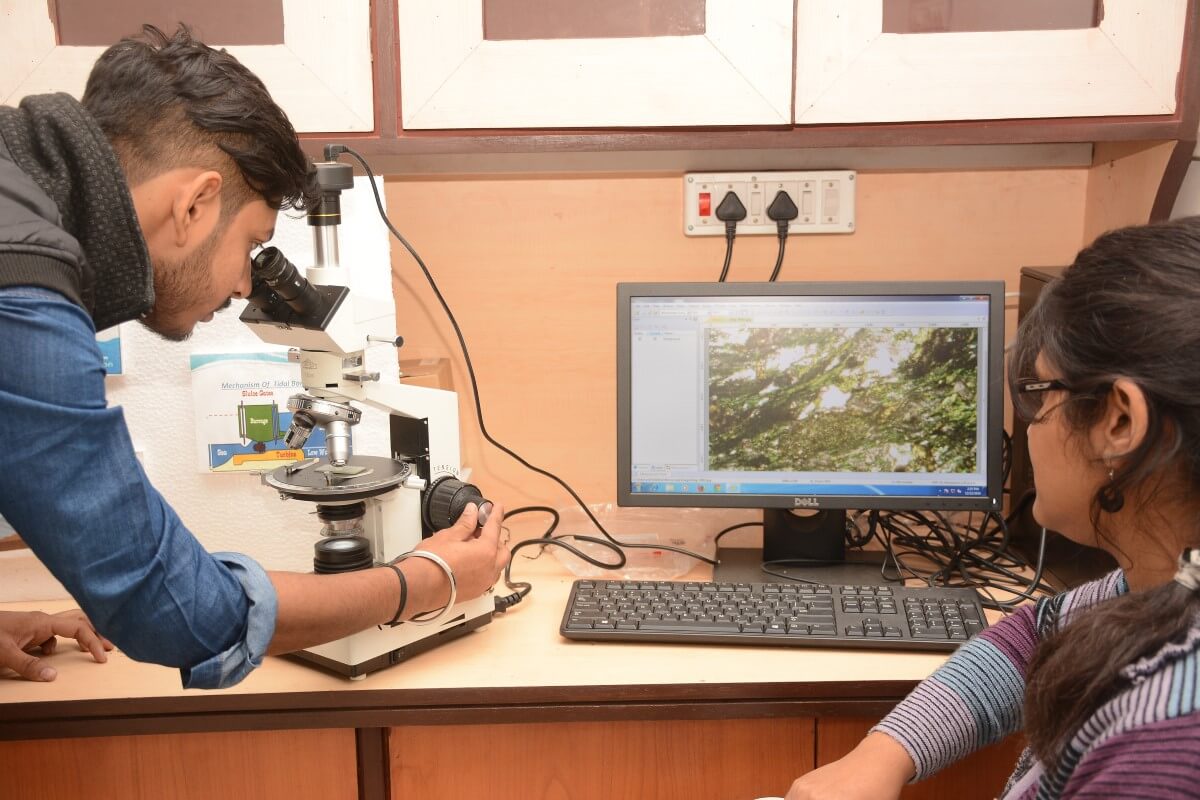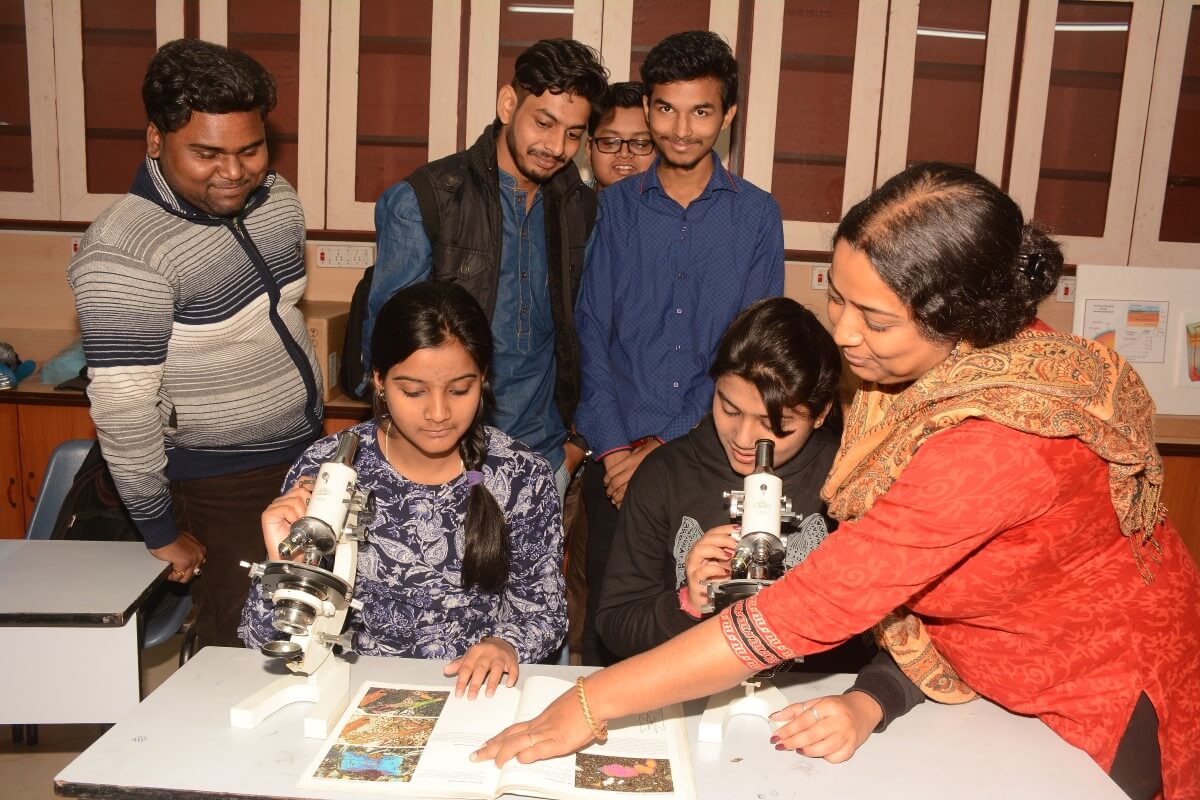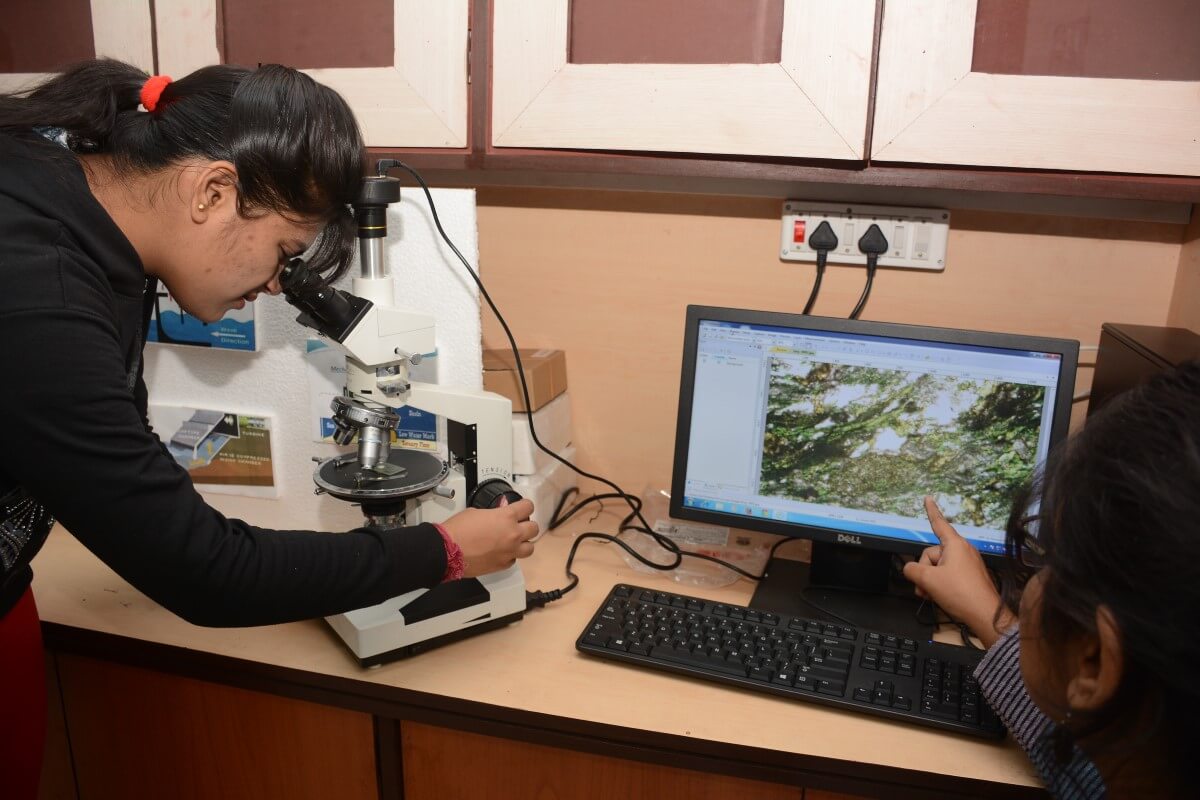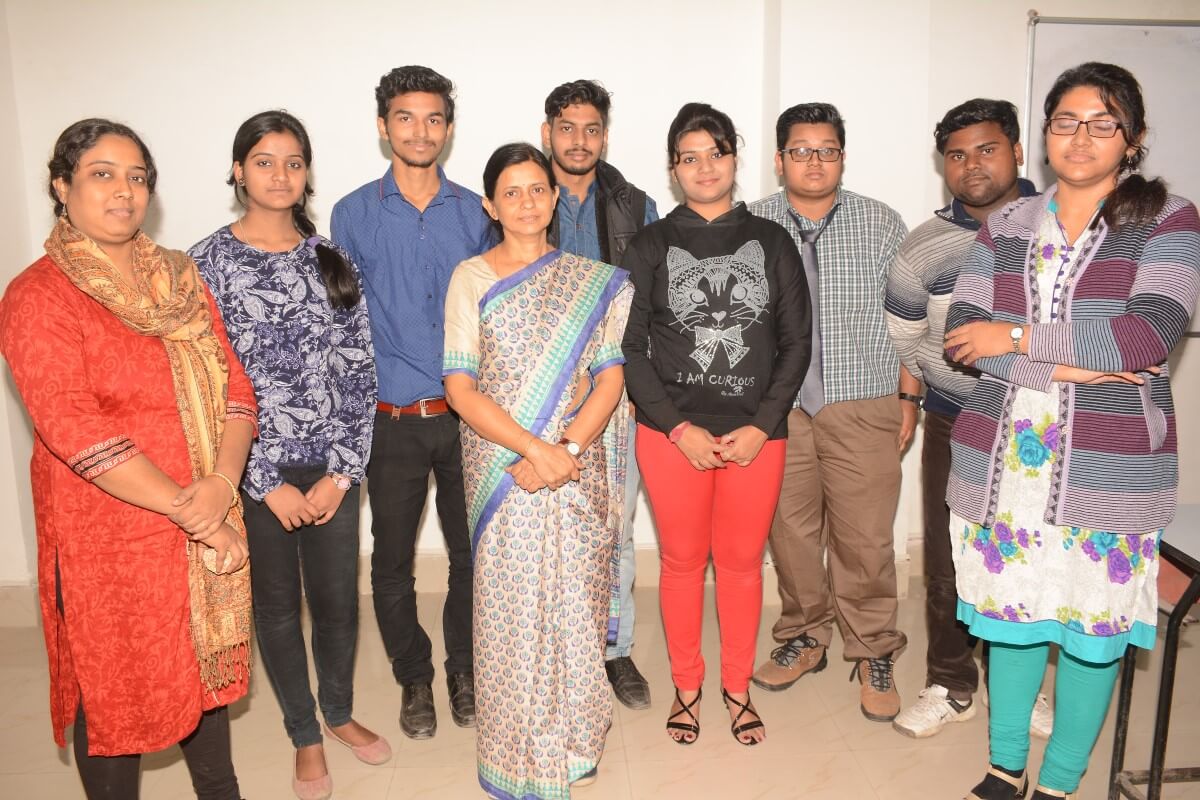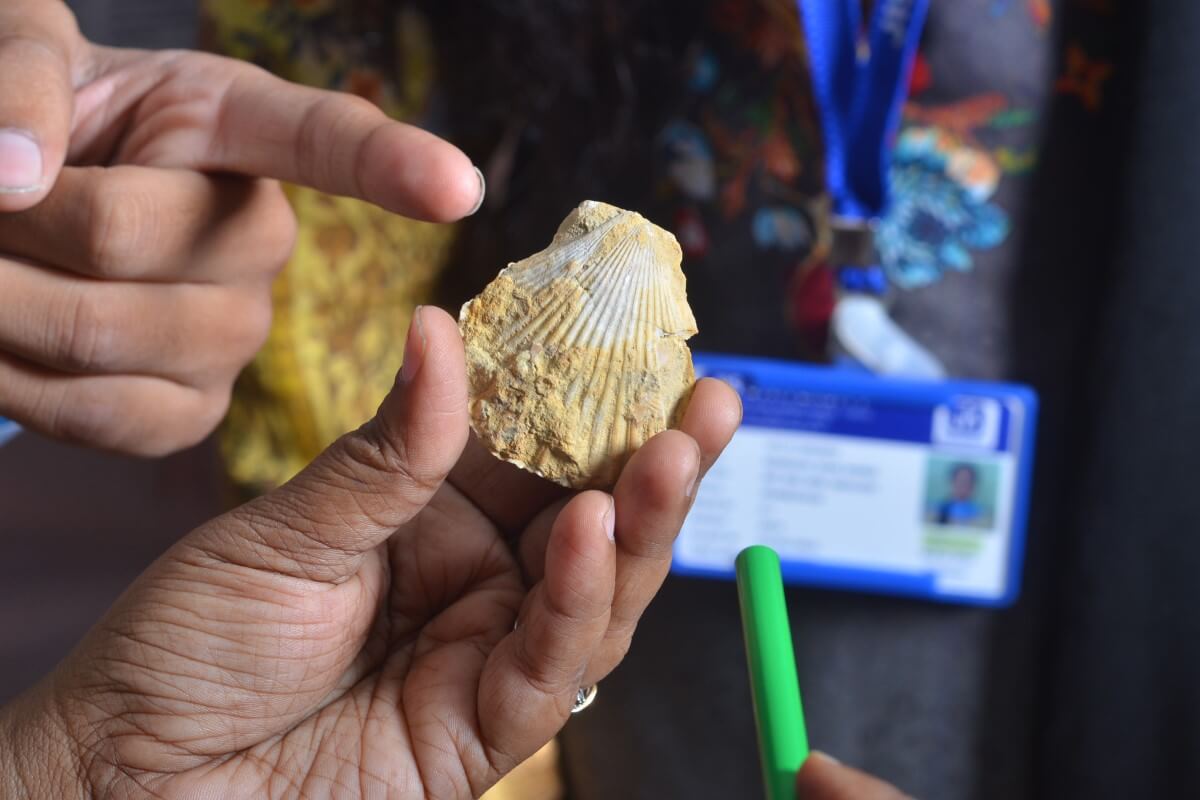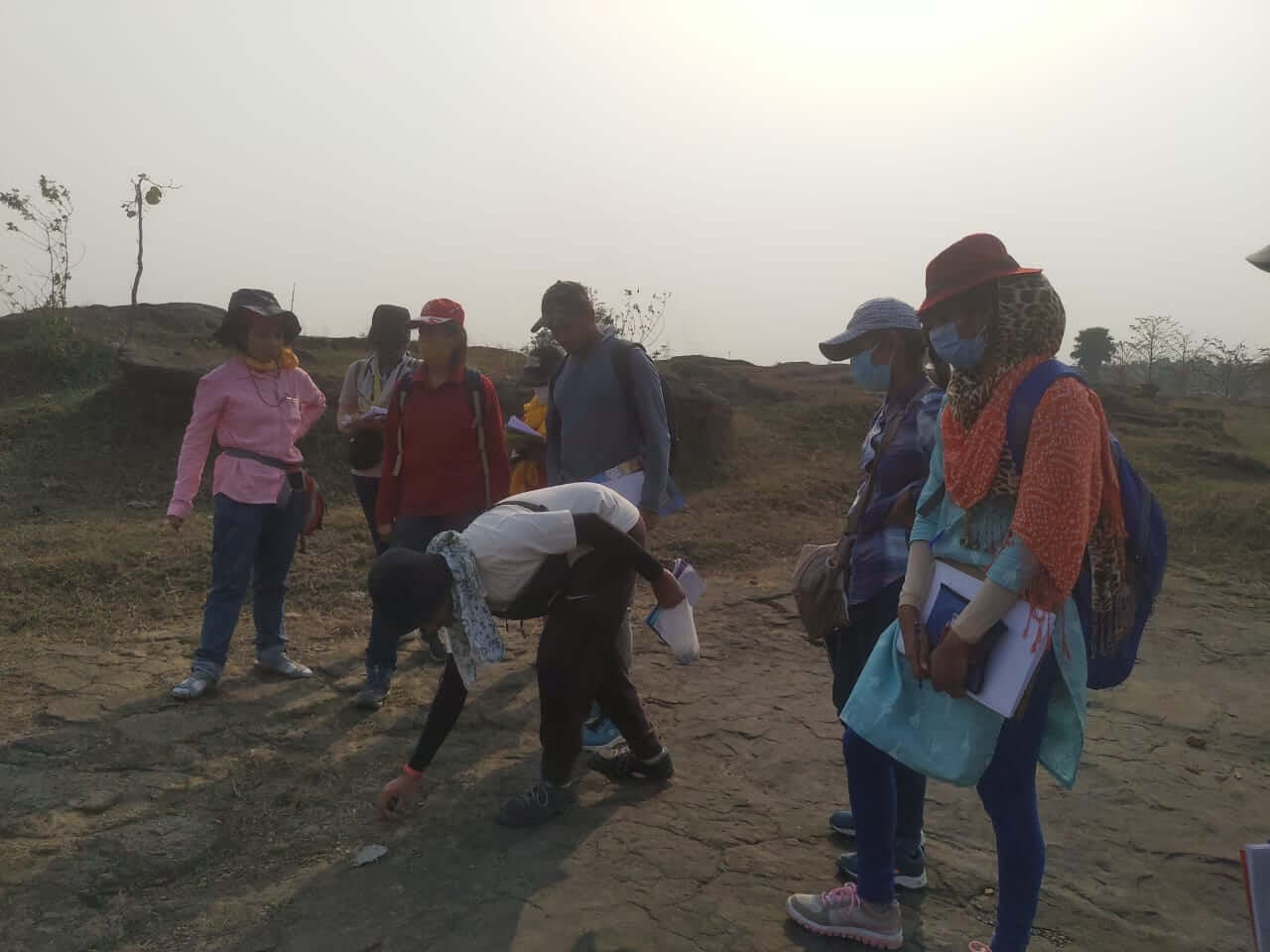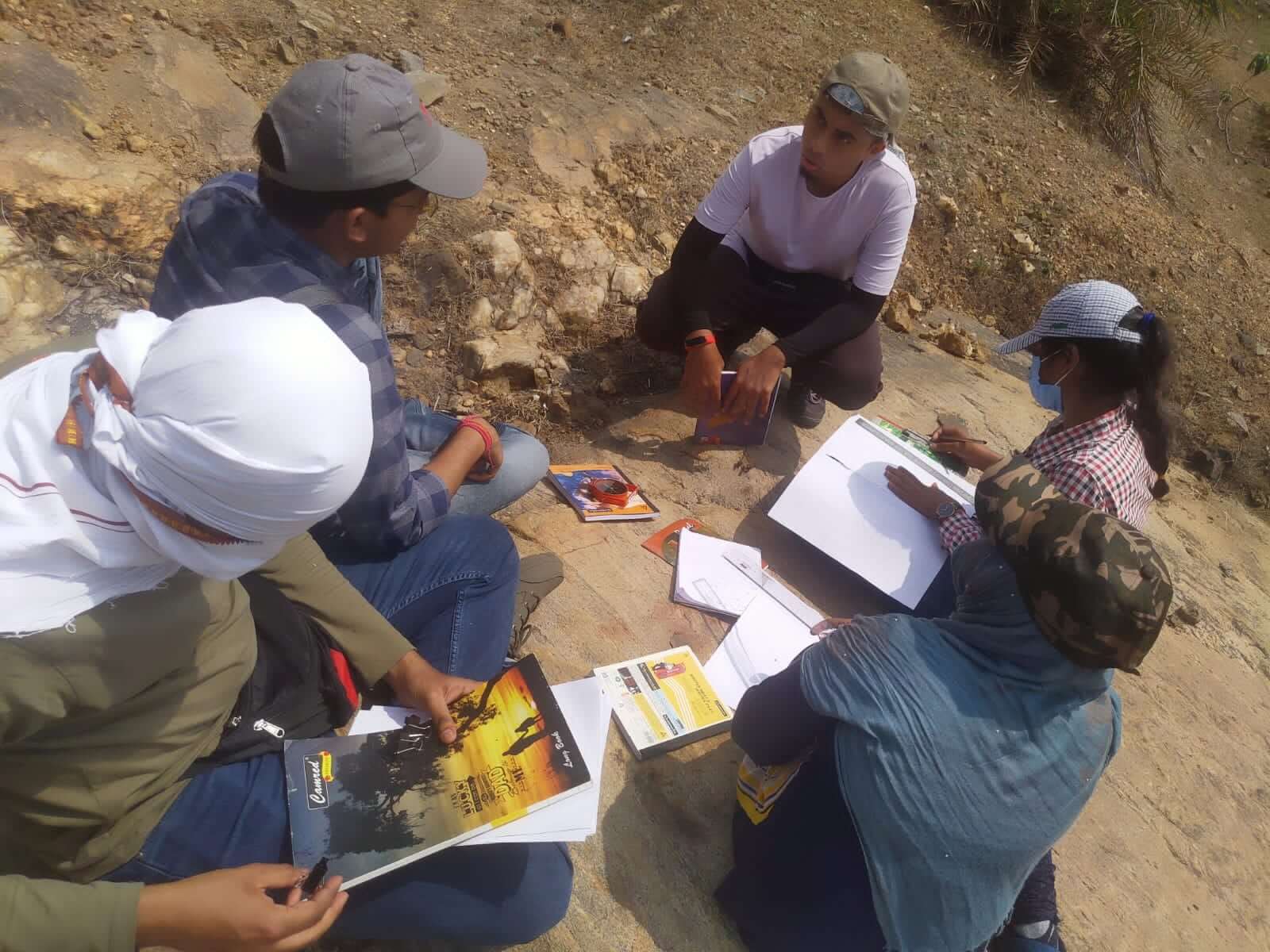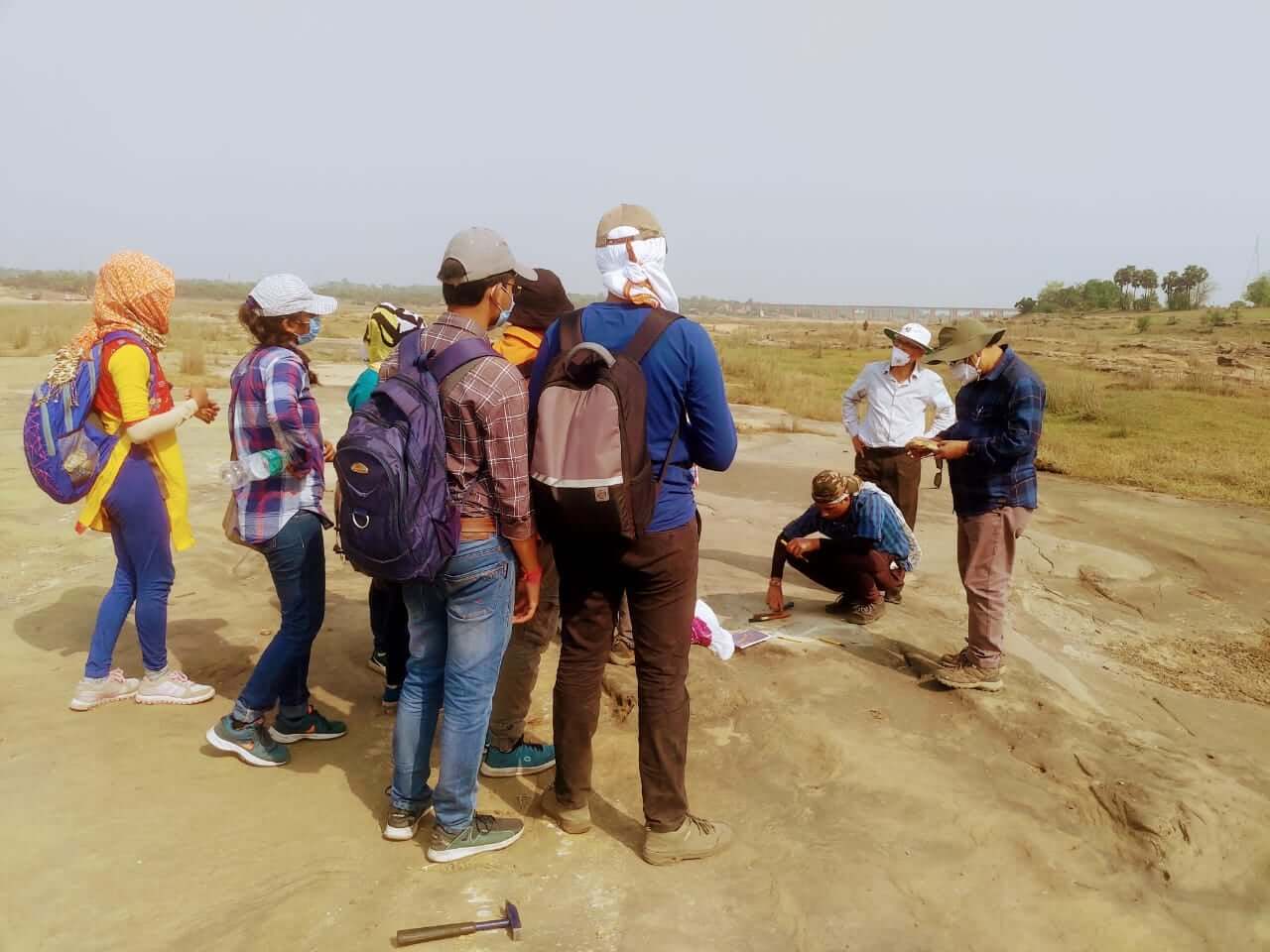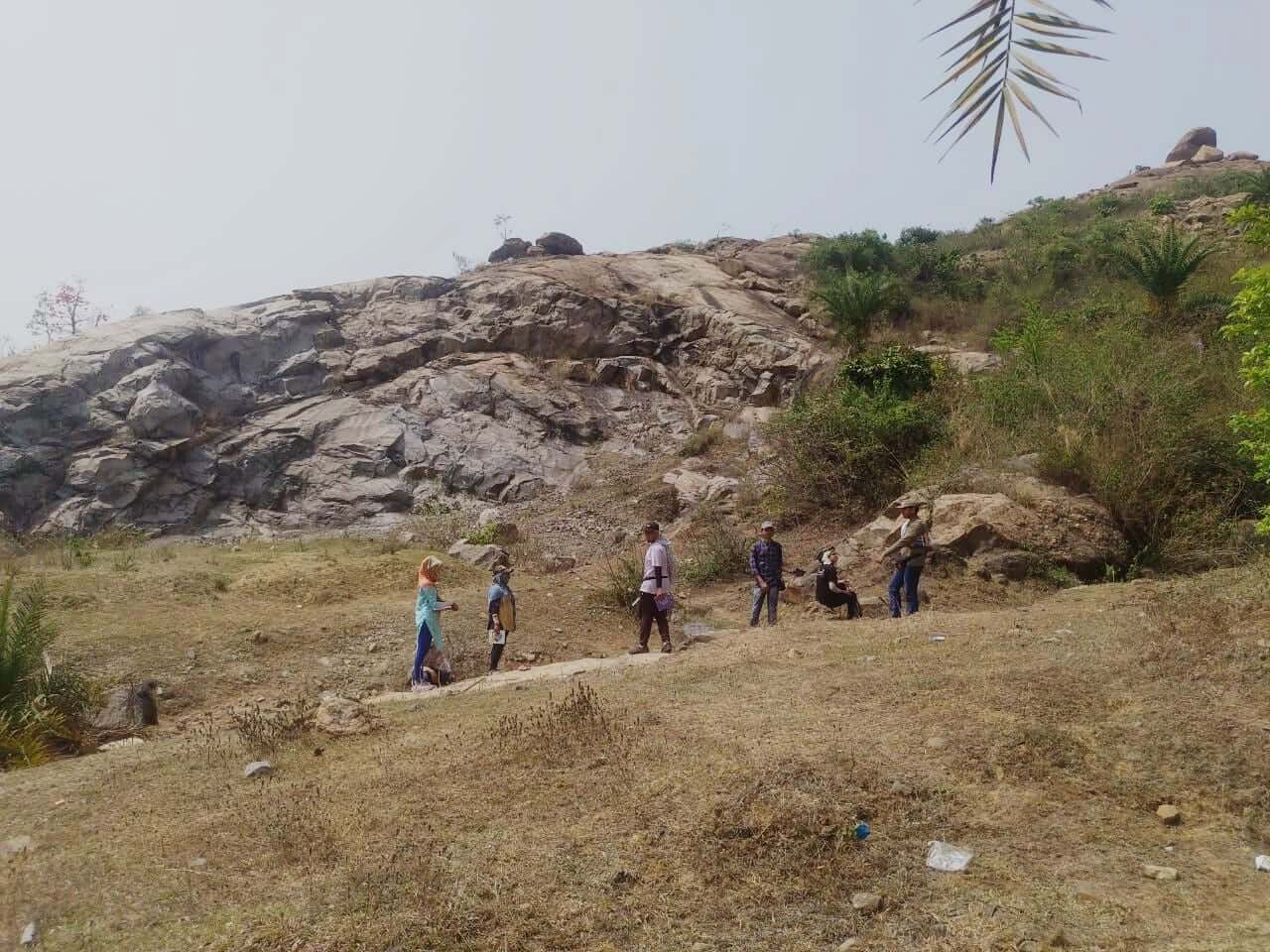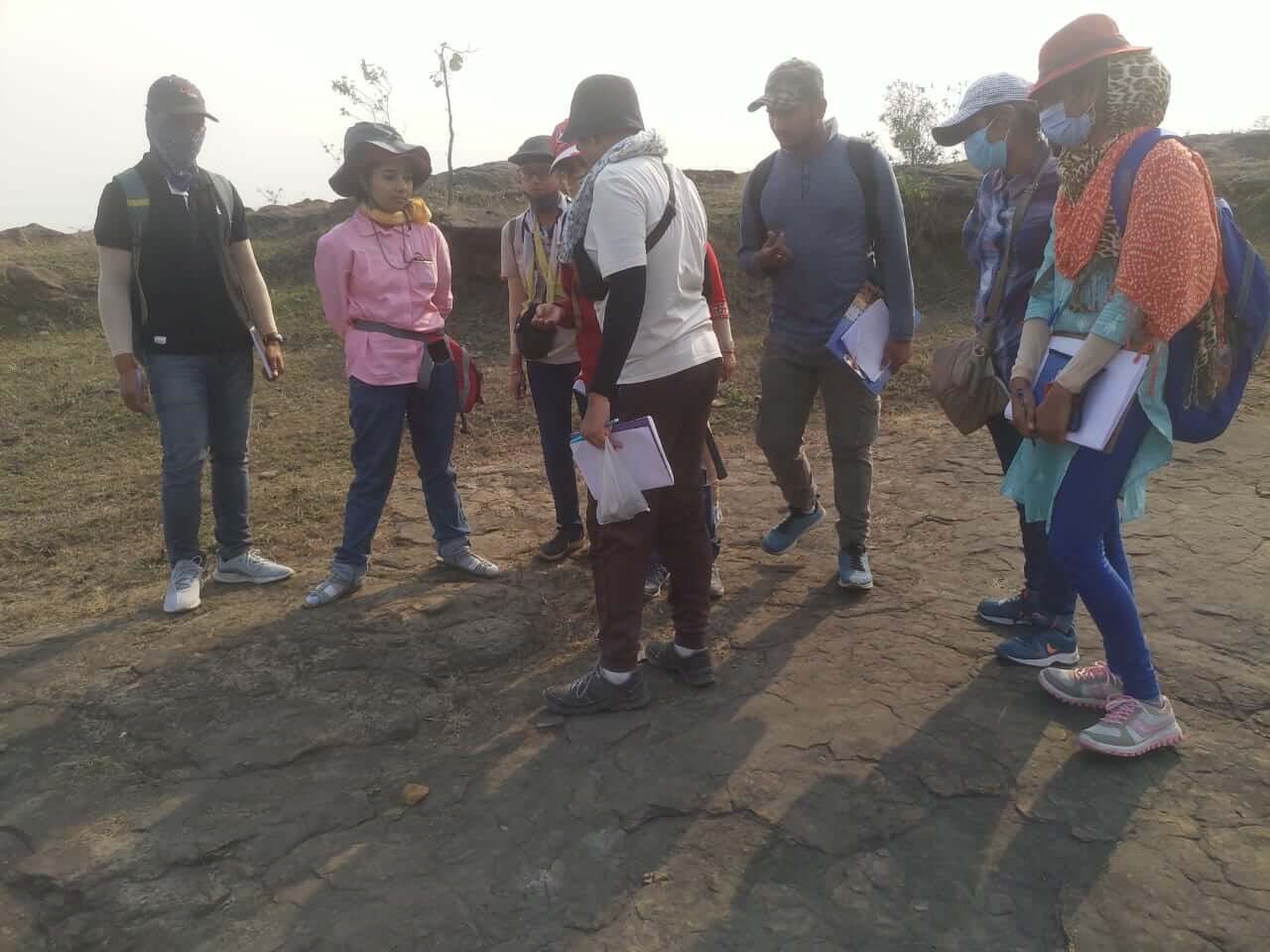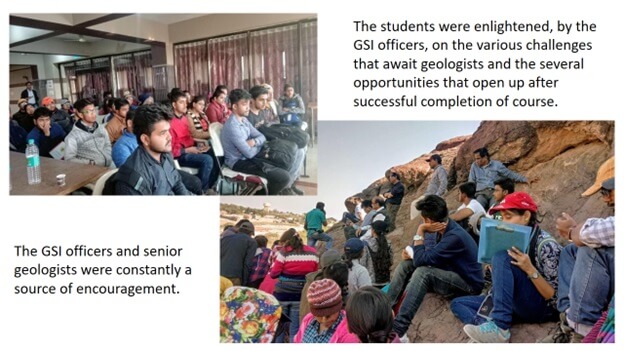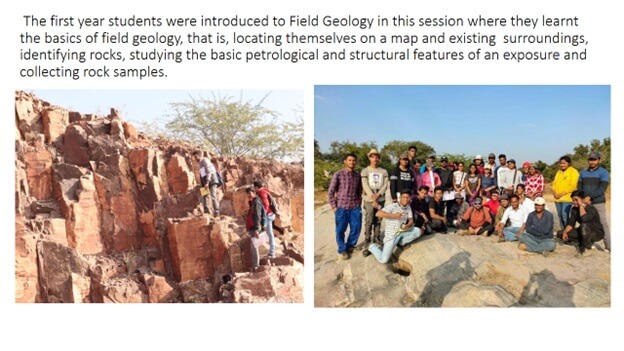The department is committed to adhering to the highest standards of research integrity and ethics The department provides a supportive environment for researchers who can make use of resources found both within the University and the department. The department has several long-term collaborations with international research groups and universities in Germany, Switzerland, Norway, United Kingdom, Canada, USA, China etc.
Thrust area of Research:
Environmental Earth Science, Surface and Groundwater, Environmental Impact Assessment, Shale Hydrocarbon Exploration, Processing and Interpreting Subsurface Geophysical Data for Hydrocarbon Exploration, Environmental Impact for Shale Hydrocarbon Exploitation, Application of Machine Learning in Exploration of Hydrocarbon and Geothermal Energy, Applied Geomorphology, Applied Sedimentology, Basin Analysis, Tectonics and its Application etc.
Digital Image Processing, Natural Hazards and Disasters Assessment, Glacier Climate Interaction, Glacier Mass Balance, Glacier Dynamics, Climate Change, Assessment and Management of Natural Resources, Watershed Delineation and Water Resource Management, Application of Remote Sensing in Archeology, Application of Remote Sensing in floristic environment etc.
Selected Research Publications
- Bhattacharya, A., Bolch, T., Mukherjee, K., King, O., Menounos, B., Kapitsa, V., Neckel, N., Yang, W. and Yao, T. (2021). High Mountain Asian Glacier Response to Climate Revealed by Multi-temporal Satellite observations since the 1960s. Nature Communications, 12, 4133.
- Allen, S.K., Sattar, A., King, O., Zhang, G., Bhattacharya, A., Yao, T. and Bolch T. Glacial Lake outburst flood hazard under current and future conditions: first insight from a transboundary Himalayan basin. Natural Hazards & Earth System Science Discussions, doi.: https://doi.org/10.5194/nhess-2021-167.
- King, O., Bhattacharya, A. and Bolch, T. (2021). The presence and influence of glacier surging around the Geladandong Ice Caps, North East Tibetan Plateau. Advances in Climate Change Research, 12(3), 299-312.
- Kneib, M., Miles, E., Buri P, Jola, S., Herreid, S., Bhattacharya, A., Watson, S., Bolch, T., Quincey, D. and Pellicciotti, F. (2021). Mapping ice cliffs on debris-covered glaciers using multispectral satellite images. Remote Sensing of Environment, 253, 112201.
- King, O., Bhattacharya, A., Bolch, T., Ghuffar S, Tait A, Guilford S, Elmore AC (2020). Six decades of glacier mass changes around Mt. Everest are revealed by historical and contemporary images. One Earth, 3 (5), 608-620.
- King, O., Bhattacharya, A., Bhambri, R. and Bolch, T. (2019). Glacier lake expansion exacerbates Himalayan glacier mass loss. Nature Scientific Report, 9 (18145).
- De, S. and Sengupta, D. (2021). An Advanced Well Log and an Effective Methodology to Evaluate Water Saturation of the Organic-Rich Cambay Shale. Natural Resources Research, 30(2), 1719-1733.
- De, S. and Sengupta, D. (2021). Evaluating the geomechanical properties of Cambay Shale, Cambay Basin, India using advanced wireline logs for shale hydrocarbon exploration. Petroleum Science and Technology, 39(11-12), 392-409.
- Chakraborty, S., Sanyal, P. and Ray R. Wetlands Ecology - Eco-biological uniqueness of a Ramsar site (East Kolkata Wetlands, West Bengal, India). Springer Nature Switzerland (Article in press).
- Basu, E. and Salui, C.L. (2021). Estimating Particulate Matter Concentrations from MODIS AOD Considering Meteorological Parameters Using Random Forest Algorithm. Spatial Modeling and Assessment of Environmental Contaminants. Environmental Challenges and Solutions. Springer, 591-609.
- Basu, E. and Salui, C.L. (2021). Artificial Neural Network for Identification of Groundwater Potential Zones in Part of Hugli District, West Bengal, India. Groundwater and Society, Springer, Cham, 247-257.
- Biswas, A. and Salui C.L. (2021). Change analysis of biophysical parameters of mangrove forests over Indian Sundarbans using geospatial techniques: A special emphasis on Leaf Area Index and Percentage Canopy Cover, Sundarbans Mangrove Systems: A Geo-Informatics Approach. CRC Press, Taylor Francis, 125-144.


